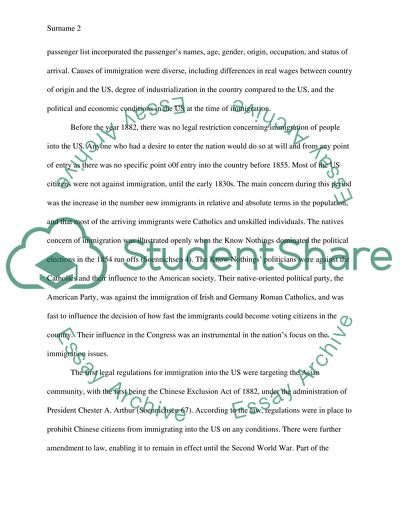Cite this document
(“US Immigration Policy And How It Affects US Economy Research Paper”, n.d.)
Retrieved from https://studentshare.org/macro-microeconomics/1585365-us-immigration-policy-and-how-it-affects-us-economy
Retrieved from https://studentshare.org/macro-microeconomics/1585365-us-immigration-policy-and-how-it-affects-us-economy
(US Immigration Policy And How It Affects US Economy Research Paper)
https://studentshare.org/macro-microeconomics/1585365-us-immigration-policy-and-how-it-affects-us-economy.
https://studentshare.org/macro-microeconomics/1585365-us-immigration-policy-and-how-it-affects-us-economy.
“US Immigration Policy And How It Affects US Economy Research Paper”, n.d. https://studentshare.org/macro-microeconomics/1585365-us-immigration-policy-and-how-it-affects-us-economy.


